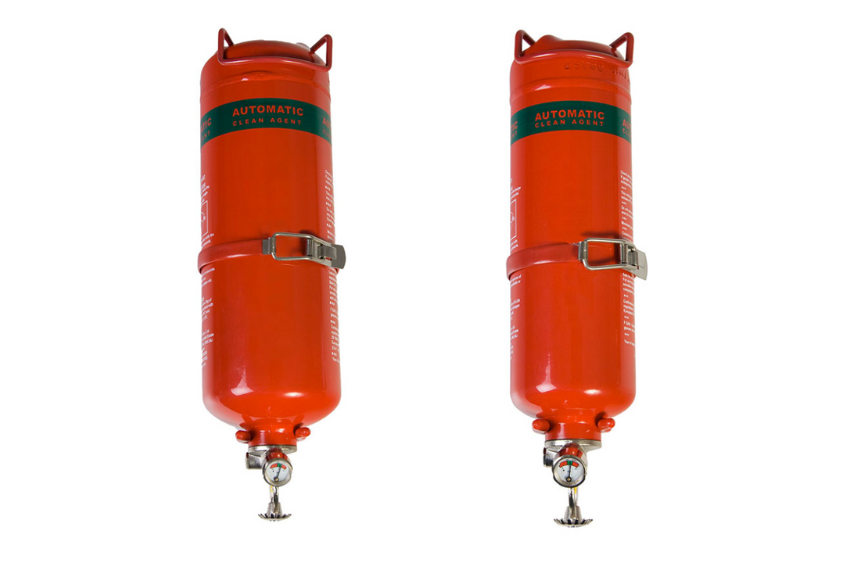The supplier of a ground-breaking fire suppression device could be poised to help extinguish the second most common cause of fire in the UK.
Nottingham-based company Aerocom (UK) Ltd has struck a five-year deal with pioneering Swedish company MAUS. This deal is to supply a unique fire suppression device called the Advanced Pro Stixx to the UK market. The devices are available in three sizes. The smallest of which is the size of a two-fingered Kit-Kat. It can automatically extinguish electric fires in seconds, including lithium-ion battery fires. These types of fires are becoming a growing concern with the increase in electric vehicles.
Fires ignited from an electrical distribution source were the second most common cause of fire in the UK. This was according to Government figures for the year ending March 2023, according to Government figures. Cooking appliances were the only source to cause more fires than electrical.
Aerocom (UK) Ltd believes that prior installation of the Advanced Pro Stixx device could have potentially prevented the recent spate of devastating lithium battery fires that engulfed three electric London buses last month. This bold claim could allow for many other similar incidents to be eliminated in the near future.
Where could this product be seen?
The inexpensive and super-lightweight device could potentially become a permanent fixture in homes, holiday homes, caravans, offices and infinite other applications across the UK. Aerocom (UK) Ltd says the Pro Stixx could save lives and millions of pounds in damages. These devices have the potential to slash insurance costs.
Tom Hughes, managing director of Aerocom (UK) Ltd, said: “This product is incredible. It is a genuine game-changer in terms of fire protection and suppression. There is nothing else like it available anywhere.”
The Pro Stixx can be installed in any enclosed electrical space in seconds. These include fuse boxes, electrical cabinets and the battery compartment of electric vehicles. They work by flooding the space with harmless potassium-based smoke when the temperature exceeds 170 degrees Celsius.
Typically, within five seconds, the heat source is fully extinguished. These devices can suppress fires before they have a chance to spread. They are especially crucial in terms of lithium-ion battery fires, which are notoriously difficult to put out and are prone to reignition.
What is being said?
Fire chiefs in the UK are especially worried about the increase in home fires brought on by batteries inside e-bikes and e-scooters. The London Fire Brigade has issued multiple safety warnings in response to the 150 recorded e-bike fires and 28 recorded e-scooter fires in London alone last year. The number of these fires has risen 60% over the previous year.
The launch announcement by Aerocom (UK) Ltd follows three instances in January where buses operated by Go Ahead London caught fire and became quickly engulfed in flames. These events put lives at risk and heaped pressure on London Mayor Sadiq Khan to address the problem.
Mr Hughes said that, since his firm won the UK contract with MAUS to supply the devices, he had been inundated with enquiries from organisations and individuals clamouring to place orders. Many more MAUS fire suppression products for other applications are available. It is inevitable that, through Aerocom (UK) Ltd, this product range will be developed and expanded.
Aerocom (UK) Ltd is an established leading supplier of pneumatic tube systems to manufacturing, logistics and healthcare facilities. They are an approved supplier of the NHS, which has already expressed an interest in Pro Stixx.
Another key source of interest has come from the holiday lets and the camping and caravanning sector. For them, this device is seen as a major innovation in fire protection.
“The technology is tried, tested, and proven,” said Mr Hughes. “It is also utterly simple to install and inexpensive – not least when you balance it with the cost of fire-related loss or damage and potentially losing a life.”
The MAUS Advanced Pro Stixx has been granted a CE mark for fire safety. It was assessed to meet the European high safety, health, and environmental protection requirements.

 Cart is empty
Cart is empty 



































